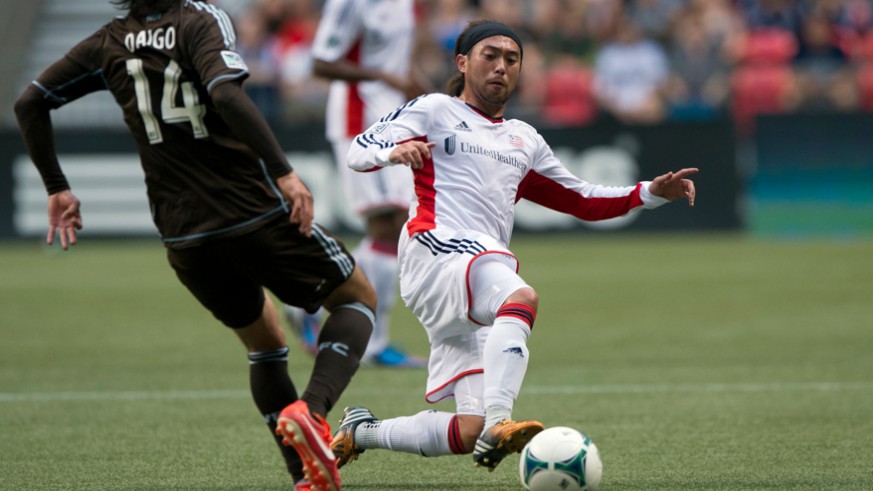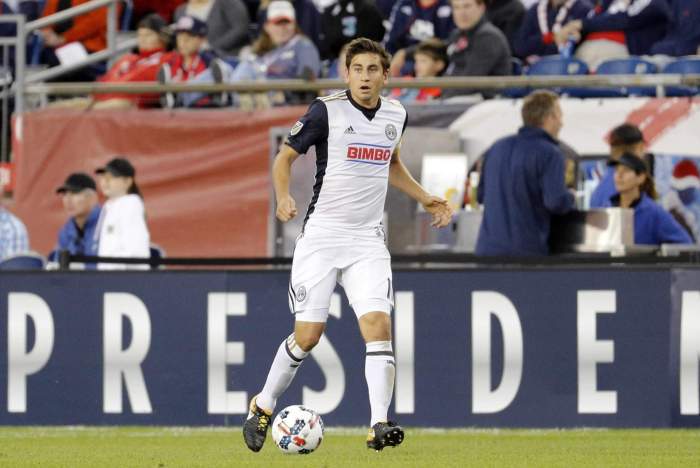In an effort to add more talent, MLS might be adding another mechanism by which to keep young rising stars within the suddenly burgeoning league. Another source of allocation money, Metro has learned, could help the league add and keep young stars within MLS by offering more salaries that can better compete on the international transfer stage.
Over the past two years, the addition of Targeted Allocation Money (TAM) has been used as an offset for teams within MLS to sign and perhaps most importantly, retain, talent that weren’t high-end Designated Players. The addition of TAM has been key in helping the league retain and sign players, using this additional allocation money on talent such as Brad Guzan (Atlanta United), Lee Nguyen (New England Revolution), Daniel Royer (New York Red Bulls) and Ola Kamara (Columbus Crew) among others.
Now it appears that the league will offer a similar mechanism, a pot of money but this new way to circumvent the salary cap will be done specifically to eye and retain young players.
Speaking on the condition of anonymity, multiple league sources tell Metro that the league has discussed over the past couple of years money similar to the TAM fund allocated for each team, but this would be tagged for players between 18-21 years old. The sources all indicated that the money being talked about for each team is roughly around $3 million but certainly could vary if and when this becomes a realization.
It is unclear how many years this money would be spread out, per team.
The idea of this fund of money would be for the league to continue to get and retain players between 18-21 years old, a crucial age for the league to be competitive on the international transfer market. During its nascent days, MLS was often tagged as a “retirement league” due to the number of aging European and South American players who played out their last years in the league.
The fund, multiple sources said, is likely a year or two from taking off if at all. It is merely in the discussion stages with management and coaches.
In addition, the fund would not be limited to academy players within MLS but would be available to recruit young talent. Presumably, this would be from the talent-rich regions such as South America and Africa where MLS has had success mining talent in recent years.
The idea behind this youth fund would be to allow teams to get these young players who may not qualify as Designated Players. By providing another means by which they can pursue young talent, the league is hoping to build on the success in recent years of players such as Matt Miazga.
Last offseason, the Red Bulls sold Miazga to Chelsea of the English Premier League. Earlier this month the 22-year old Miazga starred along the backline for the United States in a 1-1 friendly result at Portugal.
Having players in this age bracket in MLS is key for the league not only to continue to recruit the next generation of stars both within the league and on the international level, but is also good business. The sale of players like Miazga are key for the bottom line of MLS teams and help fund the development of academy prospects in the team’s pipeline.
In addition, there is a cyclical effect as teams can recruit more players internationally or keep American teenagers from signing overseas by providing not only competitive wages but also a proven pathway to Europe.
The ability to have youth funds specifically geared at this age bracket is seen by several MLS coaches and general managers as a key next step in the league’s development.

























